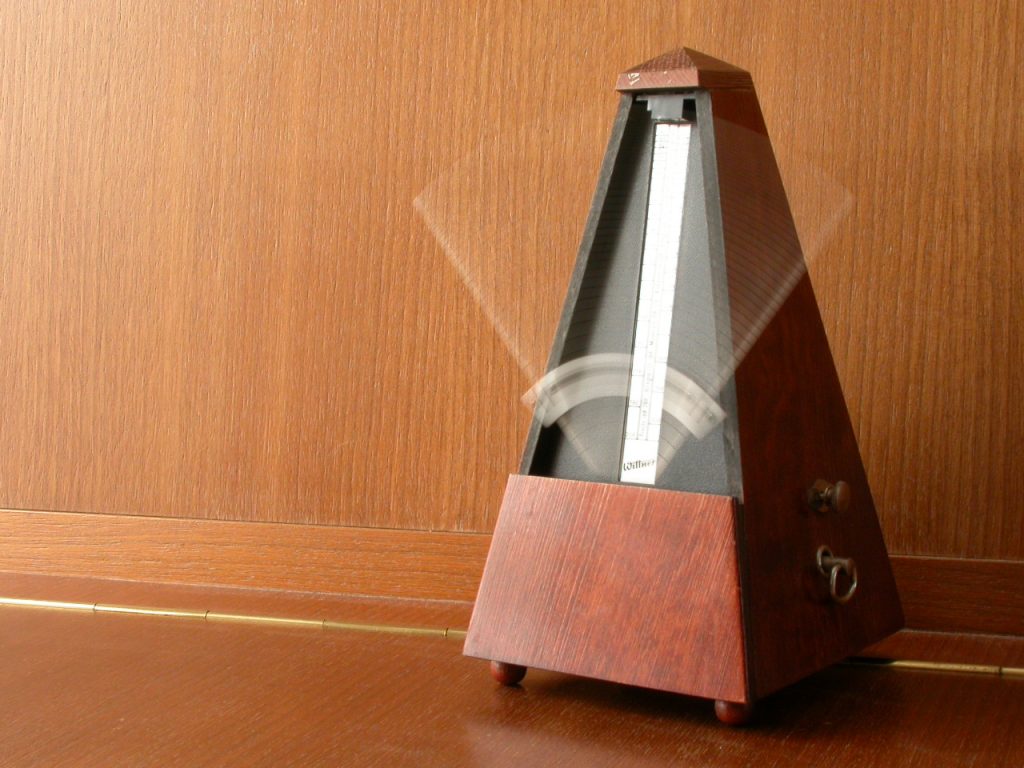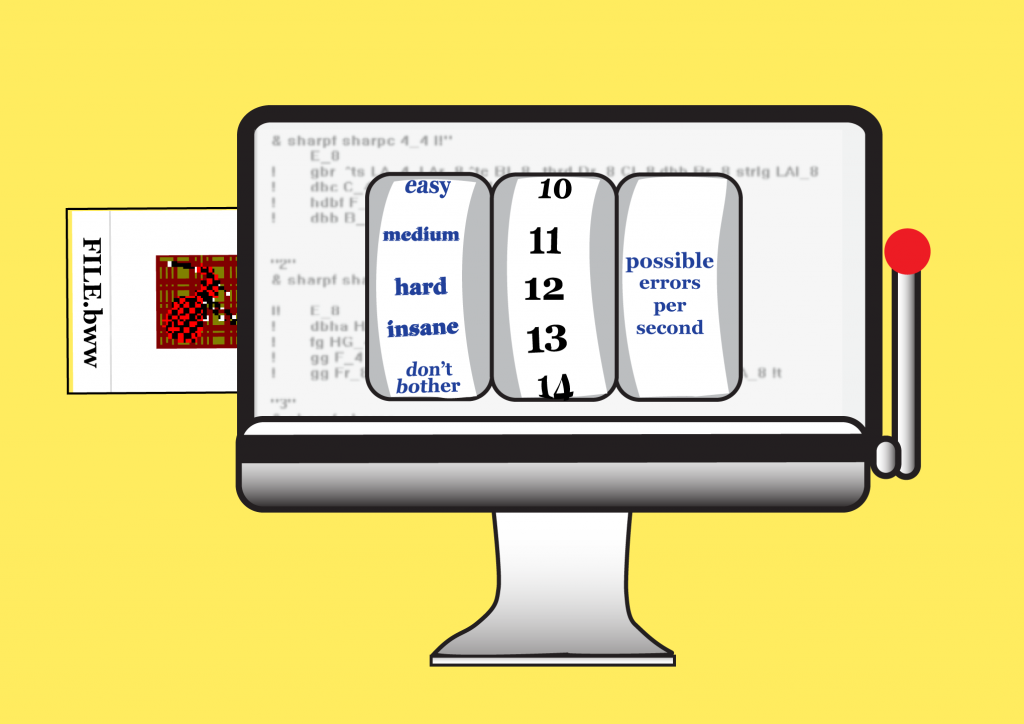Tunes For Improving Rhythmic Accuracy

Rhythmic accuracy, scale navigation, grace note quality, embellishment quality, and ALAP/ASAP, are foundation skills on the Highland bagpipe. We must be able to accurate navigate the notes on the chanter, we must have crisp, clean grace notes and embellishments, and we must imply dynamics through ALAP/ASAP.
To be rhythmically accurate, we must maintain the tempo and we must be precise with the beat. The beats are, typically, punctuated with a strong grace note or embellishment, such as a G grace note or doubling. However, whether the beat is punctuated with a G grace note, or another grace note or embellishment from our arsenal, the grace note or embellishment must land on the beat.
We can reinforce rhythmic accuracy by practicing simple tunes. Tunes with lots of G grace notes and doublings are good tunes that we can use to build rhythmic accuracy. There are many tunes in the 4/4 march, 2/4 march, and 6/8 march styles that you can practice to help build rhythmic accuracy.
4/4 Marches: Perhaps one of the all time classic tunes, "The Rowan Tree" can provide the opportunity to work on rhythmic accuracy in a 4/4 march. Beat one is a challenge, a grip from B to C. It is important to land the grip on the beat following the style of grip that you are playing. If you are playing the grip Dojo U style, the first low G of the grip is played on the beat. Most of of the beats in "Rowan Tree" are punctuated by G grace notes or doublings. It is important to land these on the beat, particularly the G gracenote in each doubling. "Rowan Tree" also has some easy, syncopated phrases.

If you have difficulty with the grip from B to C, you can simplify the tune by playing a G grace note on C in the first bar after the pickup notes. This would allow you to focus on rhythmic accuracy. When you get your grips up to speed, you can circle back and work on rhythmic accuracy by inserting the grip into the tune.
Other tunes that can help to build rhythmic accuracy include "Scotland the Brave," "Robin Adair," and "Wings."
2/4 Marches: The beats in "The High Road to Gairloch" are, for the most part, punctuated by G gracenotes and doublings. Make sure to tap your foot to the beat; use a metronome to reinforce the beat if necessary. As with "The Rowan Tree," make sure that the G grace note in each doubling lands on the beat.

The "The High Road to Gairloch" gives us the opportunity to work the D throws, making them rhythmically accurate. This can be especially helpful for working to place the low G of the throw on the beat in Dojo U style.
There are a wealth of simple, 2/4 marches that you can play to help practice rhyhmic accuracy. Perennial favorites such as "The Highland Laddie," "Teribus," and "The Brown Haired Maiden," are simple to play, which can help you focus on rhythmic accuracy, and are often in the standard repertoire of many pipe bands.
6/8 Marches: Oft overlooked in favor of 2/4 marches, 6/8 marches can be pleasing and offer just as many chances to expand our rhythm skills. 6/8 marches are written in compound time. There are two beats to the bar with each beat divided into three parts. 6/8 marches are usually counted using the phrase "one-two-three, two-two-three." 6/8 tunes are great for practicing rhythmic accuracy because of the predominant use of the G grace note for the beat or a doubling for a beat. The tune "Bonnie Dundee" provides an example of this.

As with "The Rowan Tree," if you have difficulty in playing the grip in the first bar, you can simplify the tune and play an E strike. Similarly, if you have difficulty fitting the taorluath into the beat, simplify the tune by using a G grace note or low G strike.





Responses